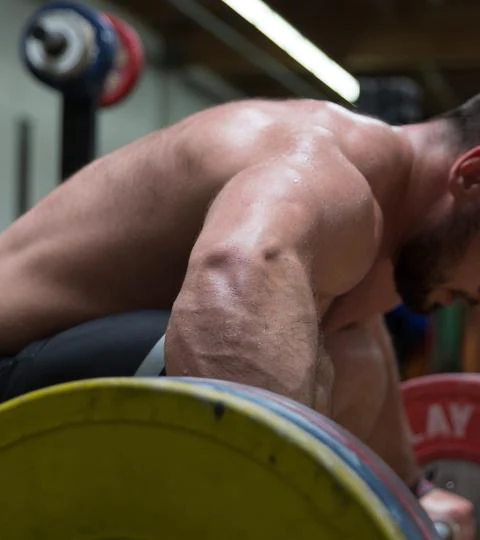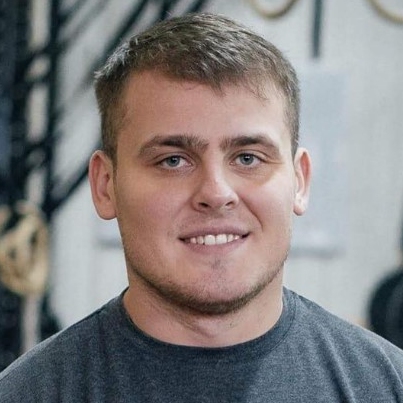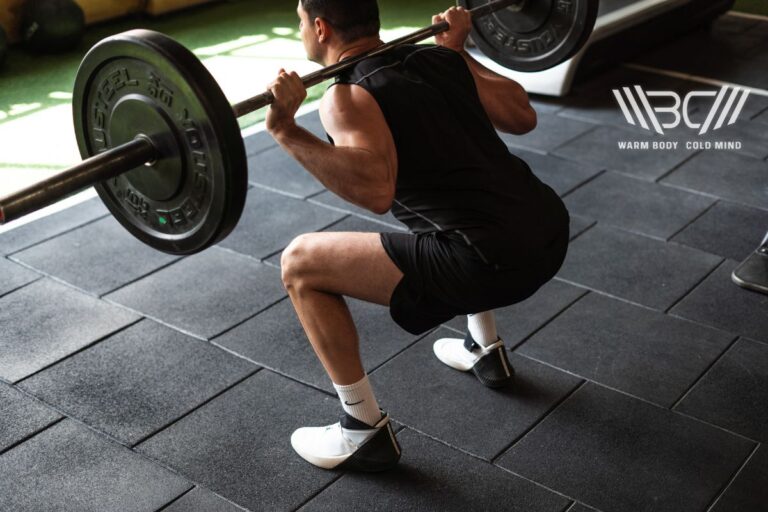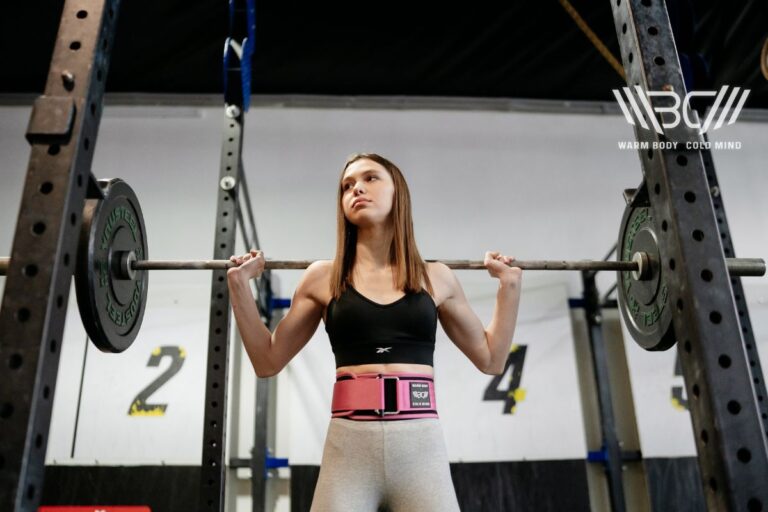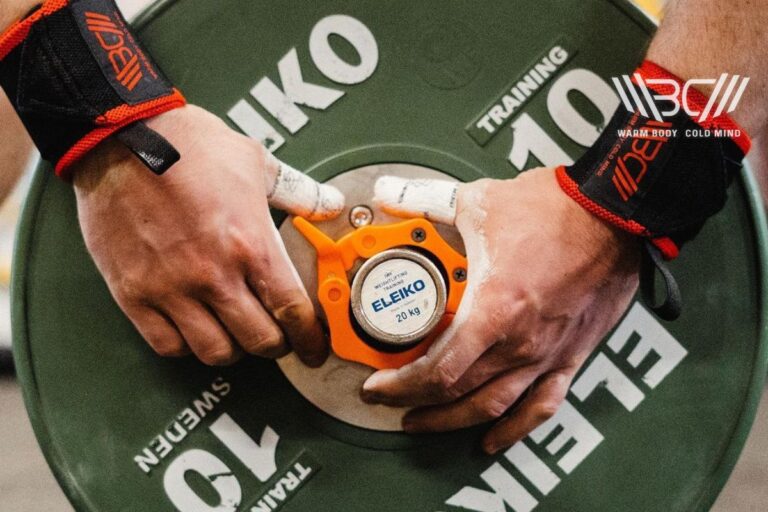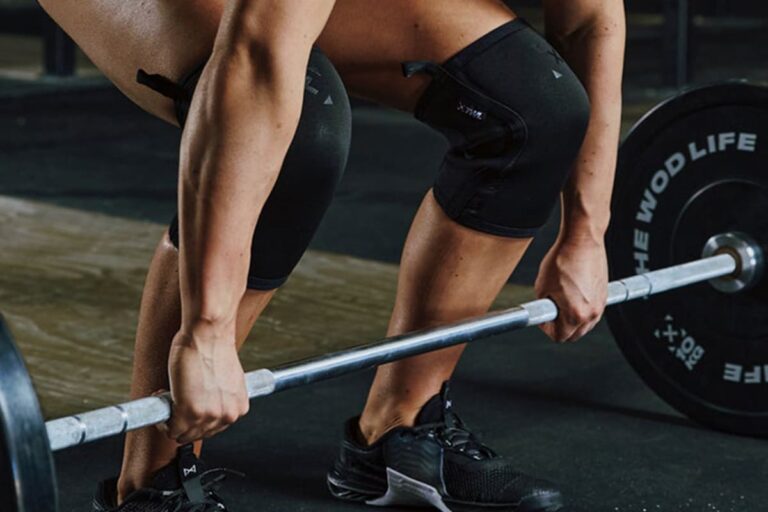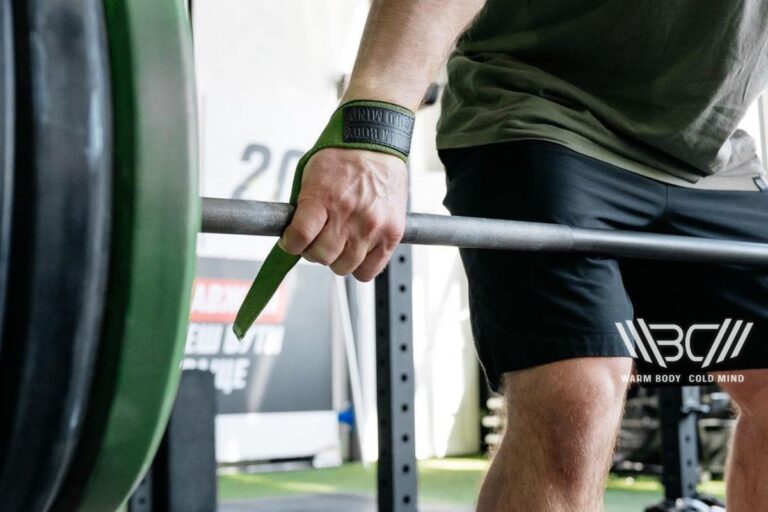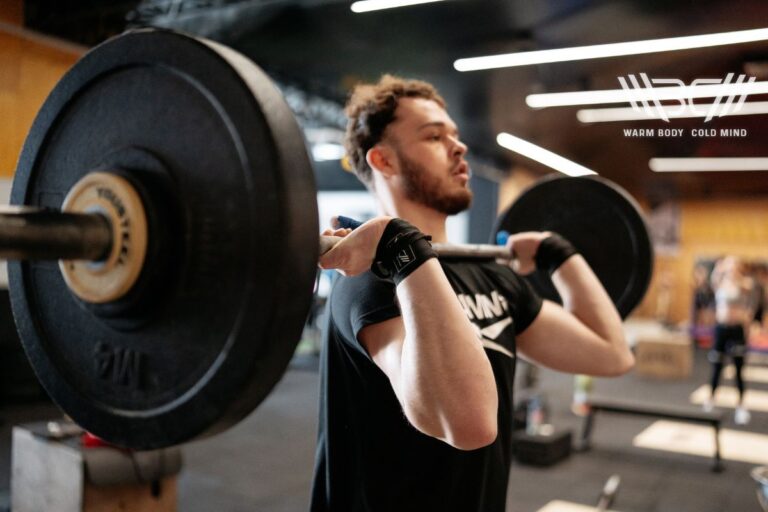Shoulder Mobility Resistance Band
The first time I came across the problem of shoulder joints was after the Olympic Games in Beijing. It wasn’t that I had some kind of injury or sprain, just that I wasn’t paying enough attention to my body mechanics, to strengthening the small muscles, ligaments and the joint itself.
I was really surprised when I felt the aching in my shoulders and could not understand the reason for my troubles, because at the time I could easily bench press of 170 kg or three reps, and do dips with additional weight on my belt regularly.
I did not have acute pain or even mobility impairment, of course. Sometimes there was a slight nagging pain inside the joint, but I tolerated it during the training process, assuming it was just a reaction to handling a greater load. But then, at one point, I realized that in certain positions I couldn’t even hold a cup of water or throw a sports bag over my shoulder.
It was a very strange sensation, and one I had never felt before. My shoulder muscles simply did not want to obey, and refused to hold even very simple positions. Then I started having problems with sleeping. No matter what position I tried, nothing felt comfortable – my shoulders were constantly aching, to the point that it woke me up from my dreams.
Eventually, I realized I had “finished badly” because the doctors diagnosed chronic inflammation of my ligaments and shoulder joints. The treatment regimen they suggested frightened me with how long it took, and how little success it had.
As it happened, I accidentally remembered something from my past training experiences that helped me more than anything the doctors had done. There was always a rubber belt in our gym, which my teammates occasionally trained with. One day when my left shoulder was hurting so badly that I could not train at all, I took this bundle up only to realize that no matter what position I held it in, the pain still persisted.
That was when I remembered being back in training camp, on the same base with wrestlers in the summer. We did morning training at the stadium (running, speeding up, jumping), and wrestlers practiced a lot with rubber. They made all kinds of movements with their hands and trunk, stretching and bending in as many diverse ways as possible.
So, I decided to try it for myself. I consulted with the wrestling coach and started working slowly and only in those positions where I did not have acute pain when moving. In just three weeks, I noted that my shoulders had become more mobile and I was experiencing significantly reduced pain.
I increased the variety of exercises (I started using, as it is now fashionable to say, a 3D planar training) and the amount of static in the final phase of movements to 4-6 in each of the repetitions. I have never worked myself until I was completely exhausted, but I tried to achieve perceptible/visible fatigue.
For me, at the time, that was repetitions in the range of 20-30. And to my surprise and delight, my pain completely disappeared in three months’ time. There was no pain in any position.
Working with rubber has become a part of my training habit and remains with me to this day. Moreover, having acquired the experience of wrestlers, I train with the rubber belts in this way not only for the upper limbs, but also all the core muscles.
Let me explain why this decision was right for me personally. I spend a lot of time on flights, and sometimes the downtime between flights can be up to 4-6 hours. As we all know, there’s no gym at the airport. However, I can always take rubber bands with me in my bag, and I can load myself in 10-15 minutes. Those who fly a lot, will understand the benefits of being able to do this.
I believe this is the ideal way to warm up before the training session. The load can easily be varied to suit your needs. The same applies to after your main workout – you can have a maximum variation in motion and ease of use, wherever you happen to be.
I recommend this as a rehabilitation method, for prevention, and for strengthening of the muscles of the upper limbs and core. I think this type of training in combination with stretching is necessary for functional fitness athletes and weightlifters of any level of preparedness.
TRAIN TOGETHER – TRAIN RIGHT
Author: Ihor Shymechko
Coach, PRO Olympic Weightlifter
Ihor Shymechko is a renowned Ukrainian weightlifter. He has represented his country in several Olympic Games, notably in 2008, 2012, and 2016. His impressive career includes winning the European championship in 2009 and earning a silver medal in 2011 in the +105 kg division. Shymechko also earned a Ph.D. from Lviv State University of Physical Culture.

